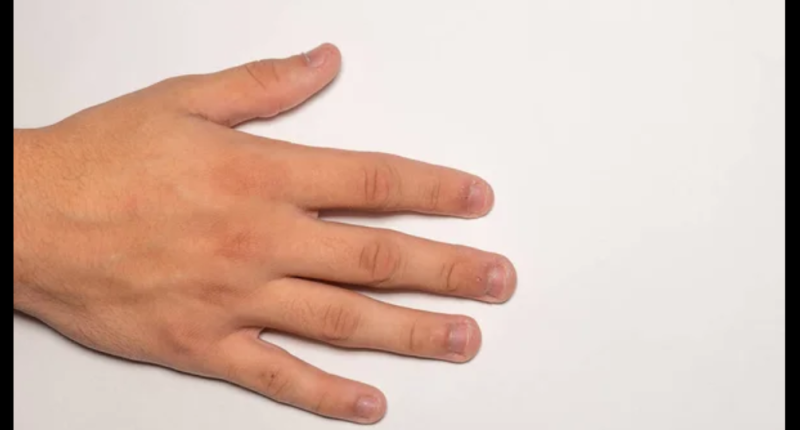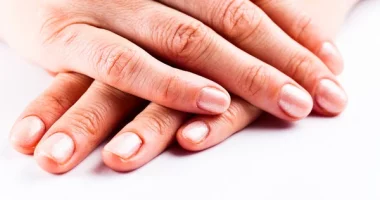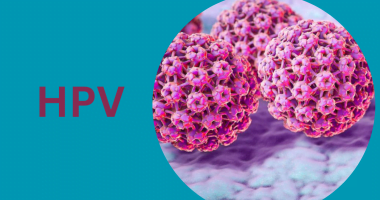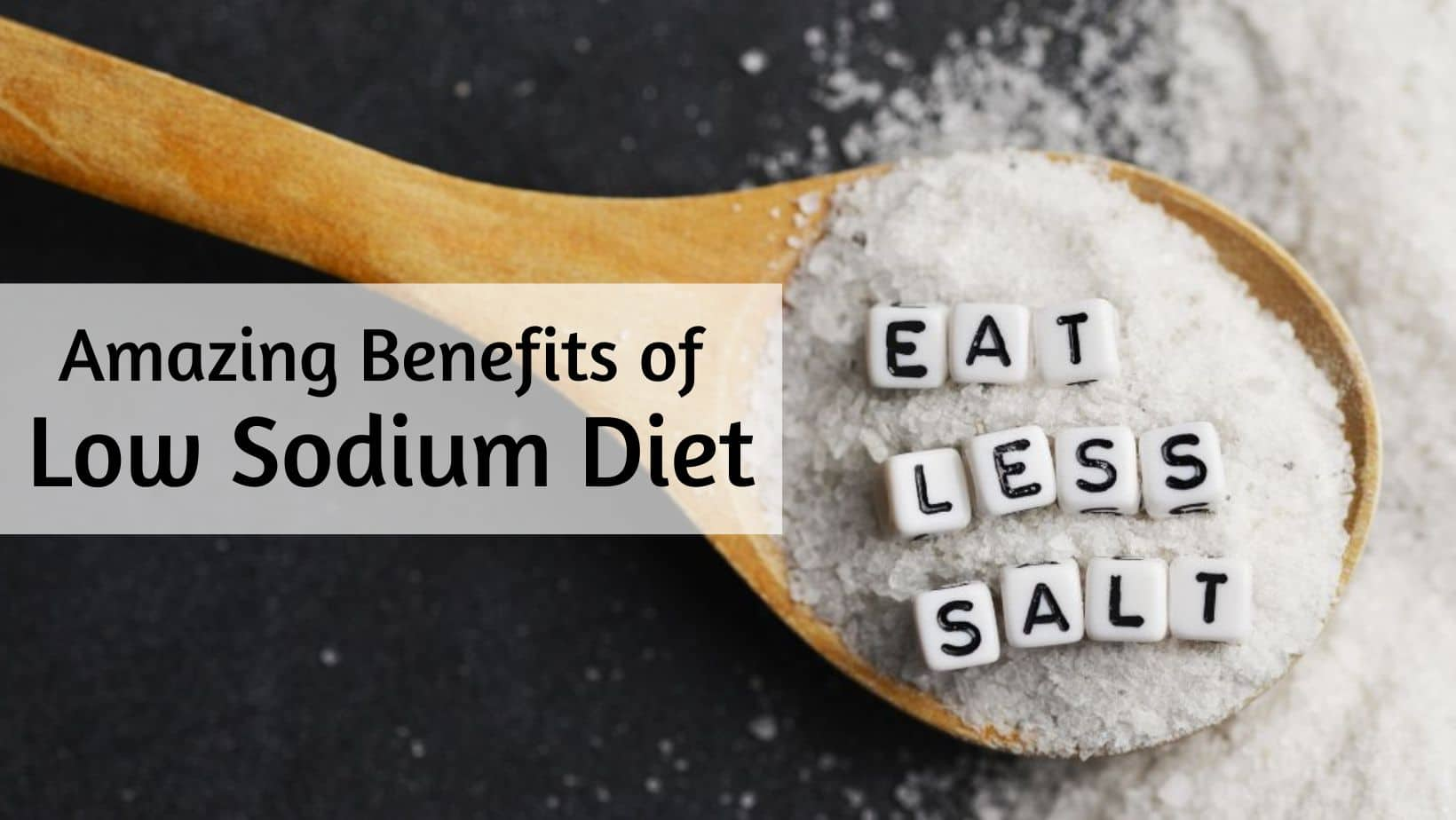Nails are often seen as mere aesthetic features, but they can provide significant insights into your overall health. Changes in the color, texture, or shape of your nails can indicate serious health conditions, including heart disease and liver disorders. Understanding these signs can empower you to take action and seek medical advice when necessary. This article will explore how specific nail abnormalities may signal underlying health issues, as identified by Dr. Bhavini Shah from LloydsPharmacy Online Doctor.
Understanding Nail Health
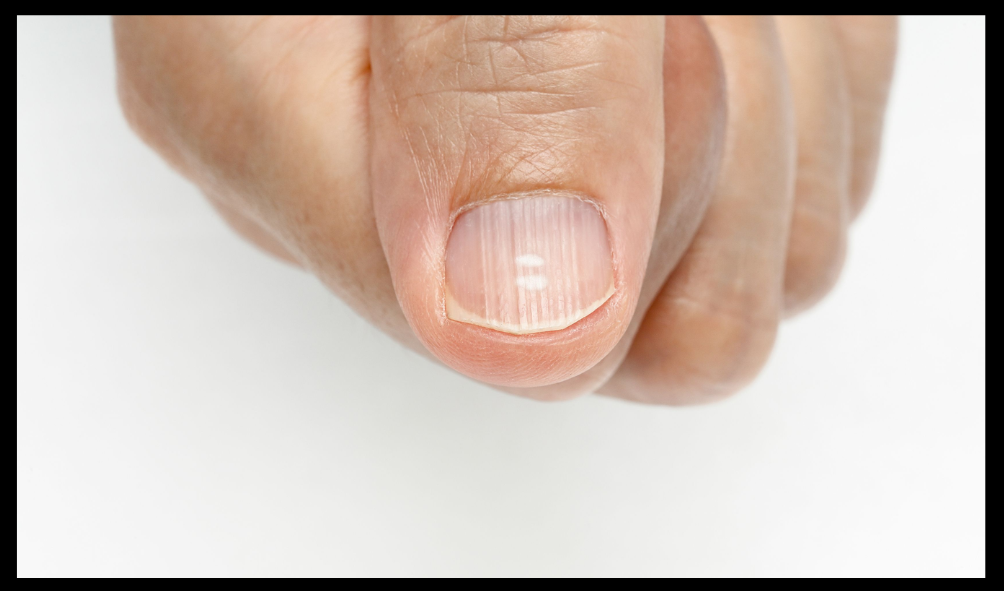
The Anatomy of Nails
Nails are composed of a protein called keratin, the same material that makes up your hair and skin. The structure of a nail includes several parts:
- Nail Matrix: The tissue under the base of the nail where new nail cells are produced.
- Nail Plate: The visible part of the nail.
- Nail Bed: The skin beneath the nail plate, is rich in blood vessels.
- Lunula: The crescent-shaped area at the base of the nail.
- Cuticle: The thin layer of skin at the base of the nail that protects the matrix.
Healthy nails are generally smooth, consistent in color, and free of blemishes. However, various factors can lead to changes in the nails, which may be harmless or indicative of more serious health concerns.
Common Nail Changes and Their Implications
Ridges and Lines
- Beau’s Lines: These horizontal ridges can indicate malnourishment or serious illnesses such as uncontrolled diabetes and pneumonia. They occur when nail growth is interrupted due to high fever or systemic diseases. Research shows that Beau’s lines can also be associated with zinc deficiency, which may require dietary adjustments or supplementation to correct.
- Vertical Ridges: Often harmless and associated with aging, pronounced vertical ridges can signal underlying conditions like iron deficiency or thyroid disease. A study published in the Journal of the American Academy of Dermatology noted that these ridges could be exacerbated by nutritional deficiencies, particularly in older adults.
Color Changes
- White Nails (Leukonychia): This condition can arise from trauma, nutritional deficiencies, or serious health issues like liver disease. Nails that are mostly white with darker rims may indicate liver problems such as hepatitis. A study in the British Journal of Dermatology highlighted that leukonychia can be a marker for systemic diseases.
- Yellow Nails: Often associated with fungal infections, yellow nails can also signal more severe conditions, including respiratory diseases and thyroid disorders. A review in Healthline emphasizes that persistent yellowing should prompt a medical evaluation.
- Bluish Tint: Nails that appear bluish may suggest low oxygen levels in the blood, potentially indicating lung or heart issues. According to the Scripps Health report, cyanosis (bluish discoloration) is a serious sign that warrants immediate medical attention.
Texture Changes
- Koilonychia (Spoon Nails): This condition, characterized by nails that scoop outward, can be a sign of iron deficiency anemia or heart disease. The National Institutes of Health notes that spooning can also be associated with hemochromatosis, an iron overload disorder.
- Pitting: Small depressions in the nails are commonly linked to psoriasis and other inflammatory conditions. Persistent pitting should prompt a consultation with a healthcare provider, as it may indicate underlying autoimmune disorders.
Health Conditions Linked to Nail Changes
Dr. Shah has identified several health concerns that may manifest through changes in your nails:
- Cardiovascular Diseases: Nail clubbing, where nails curve around the fingertips, can indicate low oxygen levels, often associated with heart and lung diseases. A study published in The American Journal of Medicine found that clubbing is frequently seen in patients with chronic respiratory diseases.
- Liver Disorders: Changes in nail color and texture, such as Terry’s nails (white nails with dark tips), can reflect liver dysfunction. The British Journal of General Practice emphasizes the importance of recognizing these signs as potential indicators of liver health.
- Nutritional Deficiencies: Deficiencies in vitamins and minerals, particularly iron and zinc, can lead to various nail abnormalities, including ridges and discoloration. Research indicates that a balanced diet rich in these nutrients is crucial for maintaining healthy nails.
FAQs
Q. What should I do if I notice changes in my nails?
A. If you observe significant changes in your nails, such as color, texture, or shape, it’s advisable to consult a healthcare professional for evaluation. Early detection can lead to better outcomes.
Q. Are all nail changes serious?
A. Not all changes in nails indicate serious health issues. Many can be harmless and related to external factors such as injury or environmental exposure. However, persistent or unexplained changes should be assessed by a doctor.
Q. How can I maintain healthy nails?
A. Maintaining a balanced diet rich in vitamins and minerals, practicing good nail hygiene, and avoiding harsh chemicals can help keep your nails healthy. Regular moisturizing and avoiding excessive exposure to water can also prevent brittleness.
Q. When should I seek medical advice?
A. Seek medical advice if you notice any of the following: persistent discoloration, ridges, separation from the nail bed, or if nail changes are accompanied by other symptoms like pain or swelling.
Conclusion
Understanding the signs your nails may be showing can empower you to take charge of your health. By paying attention to these subtle cues, you can catch potential health issues early and seek appropriate care. While many nail changes are benign, some may indicate serious underlying conditions that require medical intervention. Regular check-ups and being mindful of your nail health can lead to better overall well-being.
In summary, nails are more than just a cosmetic feature; they are a reflection of your health. By recognizing the signs of potential health issues through nail changes, you can take proactive steps toward maintaining your health and addressing any underlying concerns.
Also Read | 5 Things to Know About Mycoplasma Pneumoniae – Fast Facts
